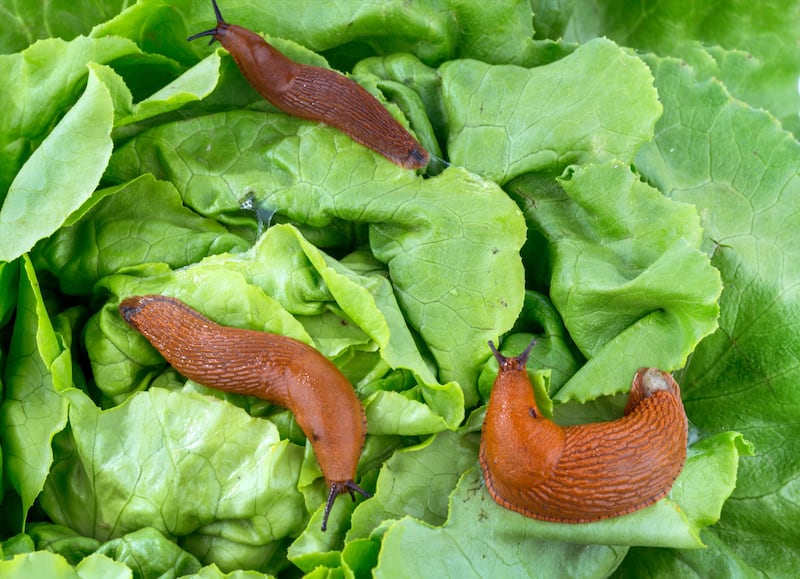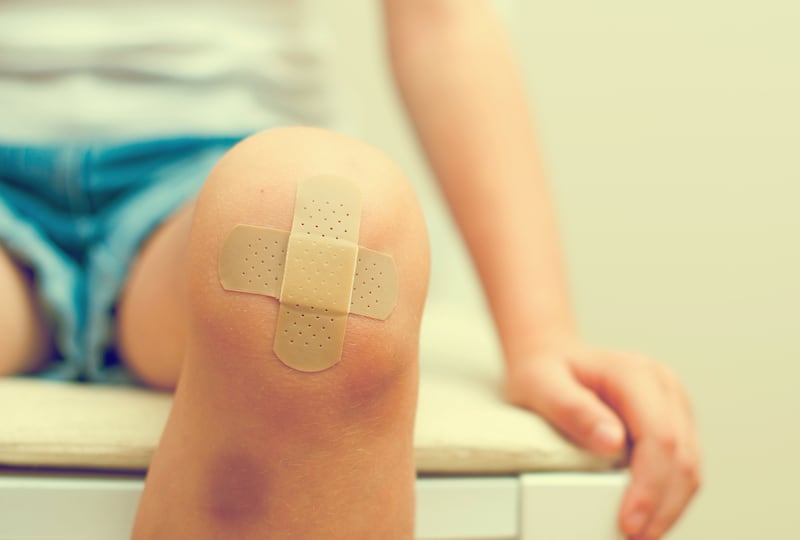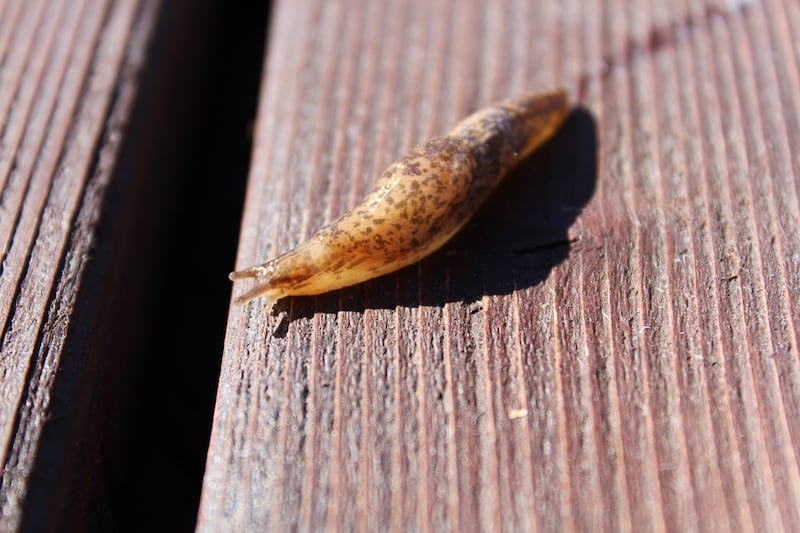Slug slime has inspired scientists to develop a medical super-glue that can seal wounds in damaged organs.
The biocompatible adhesive binds to wet body tissue and is as strong as natural cartilage, say researchers.
They based the “glue” on the properties of a defensive mucus secreted by the Dusky Arion, a common European slug.
When threatened by a predator, the slug glues itself firmly onto a surface to thwart attempts to pry it free.

The hydrogel-based adhesive mimics the molecular structure of the Dusky Arion’s slime, which is studded with proteins carrying a positive electric charge.
In tests, it was able to seal a hole in a stretched pig heart and also proved effective at binding to wet skin, cartilage and liver tissue.
The glue could be used to produce sticking plaster-style patches for surface wounds, or an injectable solution for repairing deeper injuries, say the scientists.
Professor Donald Ingber, founding director of the Wyss Institute for Biologically Inspired Engineering in the US, said: “Nature has frequently already found elegant solutions to common problems; it’s a matter of knowing where to look and recognising a good idea when you see one.

“We are excited to see how this technology, inspired by a humble slug, might develop into a new technology for surgical repair and wound healing.”
Like the slug slime, the adhesive is peppered with positively-charged molecules. These cause it to cling to negatively-charged cell surfaces via electrostatic attraction.
Bonds between neighbouring atoms and physical penetration also contribute to its sticking ability.
The glue is designed to absorb a lot of energy before its structure is compromised. In tests, more than three times more energy was needed to “unstick” it compared with other medical-grade adhesives.

British co-author Dr Adam Celiz, from Imperial College London, said: “This family of tough adhesives has wide-ranging applications.
“We can make these adhesives out of biodegradable materials, so they decompose once they’ve served their purpose.
“We could even combine this technology with soft robotics to make sticky robots, or with pharmaceuticals to make a new vehicle for drug delivery.”
The research is published in the journal Science.







